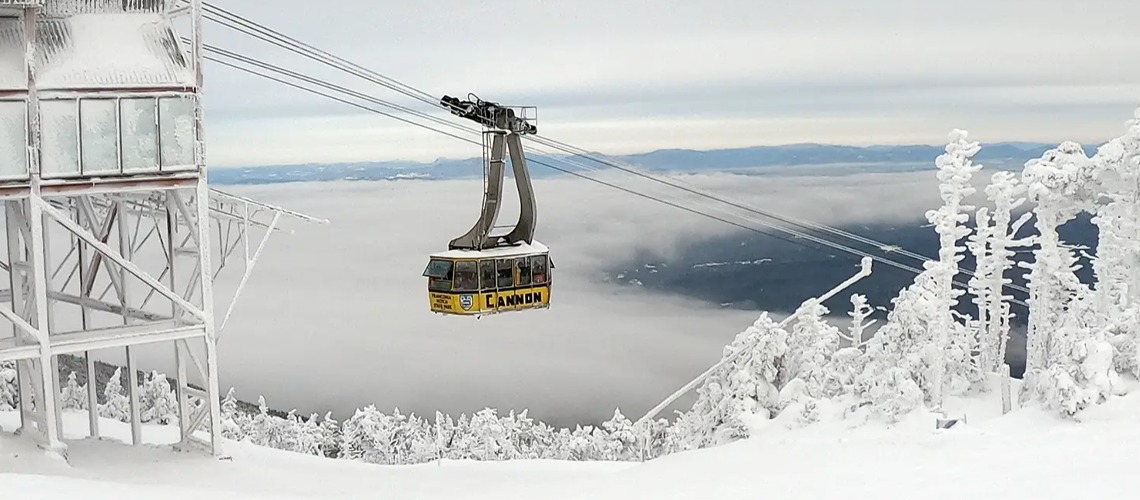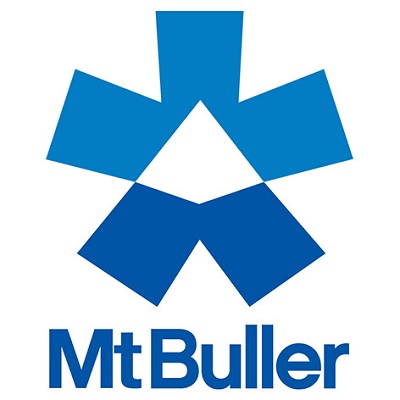Structural Analysis Begins For Replacement Cannon Aerial Tramway

Cannon Mountain, home to North America’s first aerial tramway, has begun structural analysis as part of its plan to build a third-generation tram system. Partnering with SCJ Alliance, a nationally recognized engineering firm specializing in aerial lifts, this milestone marks the start of detailed evaluation and design work.
SCJ Alliance has led major ropeway projects across the U.S. and abroad, bringing expertise in feasibility, design, and engineering for complex mountain transportation systems. The firm’s portfolio includes the modernization of the Roosevelt Island Tramway in Manhattan, Jackson Hole’s iconic tramway in Wyoming, and current tramway evaluations in the Rocky Mountains.
“Structural analysis in this case is a study of existing infrastructure—including tram towers, terminals, and foundations—to determine what, if anything, needs to be modified to support the designs and loads of the next-generation tram,” said Cannon Mountain General Manager Jace Wirth. “Partnering with such an experienced team is a critical step in the process.”
“It’s exciting to be part of this project and see the state’s vision move forward,” said Mike Deiparine, Senior Project Manager with SCJ Alliance’s Engineering & Planning Group. “The Cannon Tramway means so much to New Hampshire, and it’s special to help shape the future of an icon.”
The new tramway will replace Cannon’s current second-generation system, which has carried millions of passengers since 1980. Once complete, Cannon will be the only mountain in North America to operate a third-generation aerial tram.
Field work begins this week, with SCJ engineers aiming to complete most data collection before winter sets in.
The project underscores the State of New Hampshire’s commitment to continuing the legacy of this historic attraction while delivering a safe, modern, and efficient experience for generations of visitors.














